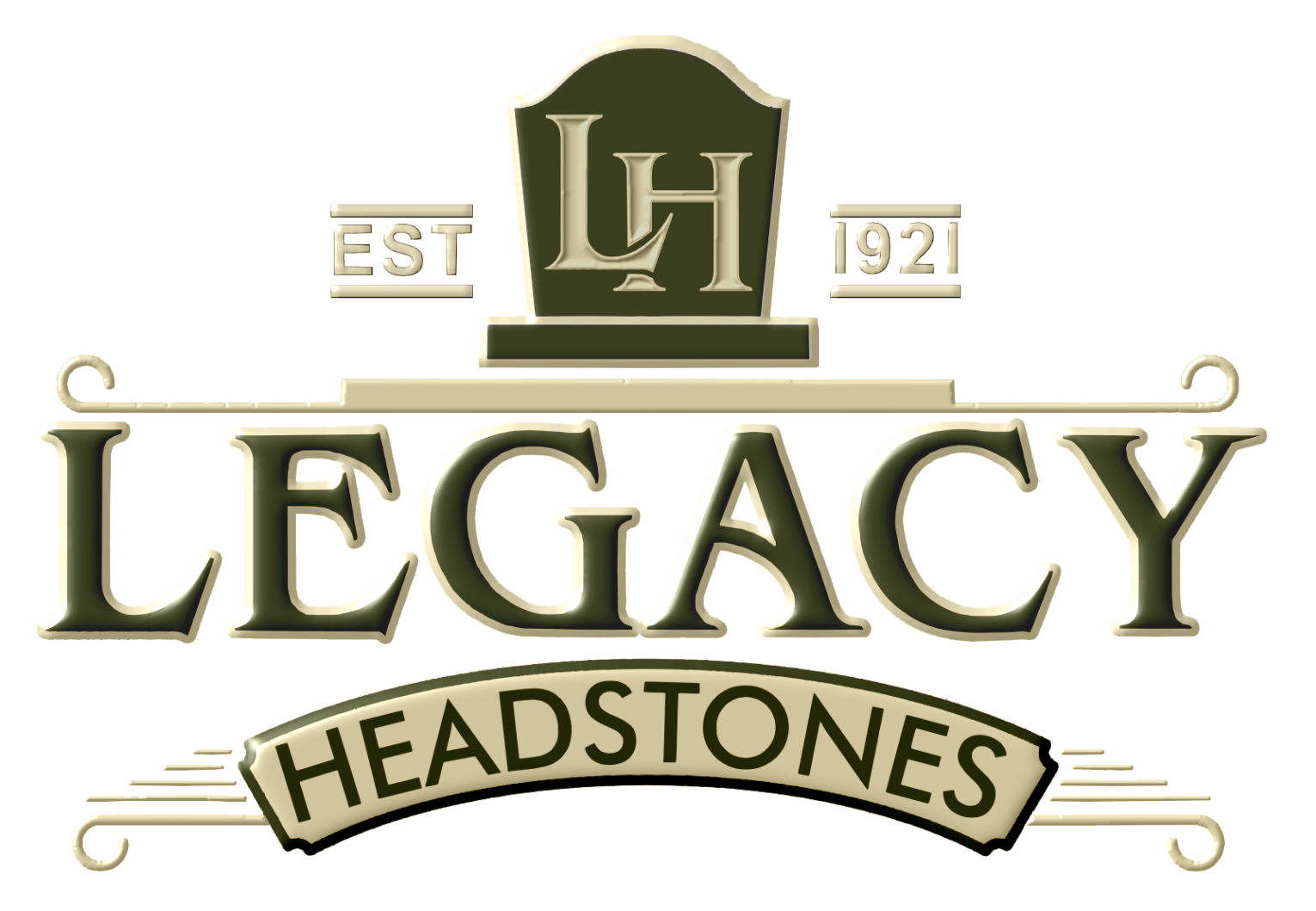Burial customs have changed considerably over the last few centuries, but we still follow many of the same traditions that have been in practice since the time of early Christianity. We don’t often visit a graveyard and think about how it’s been designed or what direction the headstones are facing. In this article, we examine the superstitions and traditions that have led us to where we are today and affected the way we create the final resting places of our loved ones.
The origins of eastward burial can be traced back to some of the earliest religions that worshipped the sun. Christians also began burying their dead so that the feet faced eastward and the head faced westward. Christ was considered to be the “Light of the World” and it is still believed that the deceased will rise again on the day of resurrection. When the time comes, Christians wanted the dead to face Christ on Judgement Day. There are exceptions to the eastward rule of interment. Ministers are shepherds of the Christian faith, so they were often buried with their heads at the eastern end of the grave so that they could watch over their flock at the time of resurrection.
Ancient Egyptians and Greeks have also built temples and buried the dead facing eastward. This custom still occurs today, among native Samoans, Fijians, and other islanders that believe the west is the land of the dead. Nowadays, headstone installation seems a little more random that it has been in the past. Families may make special requests so that their burial plots are designed in a certain way. Couples may prefer to face a certain way, so they can be in the same positions that they were standing in on the day of their weddings. Public and private cemeteries are now held to strict standards for functional operation and design requirements.
Modern Implementation of Headstones
According to the facilities design guide of the National Cemetery Administration, interment areas may be subdivided into sections of varying sizes and shapes. These visually separate areas may be broken by vegetated areas, roads, walkways, and general landscaping. Burial sections designated for full casket gravesites shall be no larger than three acres, whilst burial sections for cremated remains shall have no more than 999 sites. These design recommendations serve as general criteria to aid in the development of a cemetery project, but they are not specific enough to be used or limit the design of a national cemetery. Furthermore, there are no rules or regulations regarding how the graves in a cemetery should be aligned. People are buried in every orientation imaginable today.

